
Chetan Bhagat is the author of seven blockbuster books. These include six novelsFive Point Someone (2004), One Night @ the Call Center (2005), The 3 Mistakes of My Life (2008), 2 States (2009), Revolution 2020 (2011), Half Girlfriend (2014)and the non-fiction title What Young India Wants (2012). Many of his novels have been adapted into successful Bollywood films.
TIME magazine named him amongst the 100 most influential people in the world and Fast Company, USA, listed him as one of the worlds 100 most creative people in business.
Chetan writes columns for leading English and Hindi newspapers, focusing on youth and national development issues. He is also a motivational speaker and screenplay writer.
Chetan quit his international investment banking career in 2009 to devote his entire time to writing and make change happen in the country. He lives in Mumbai with his wife, Anusha, an ex-classmate from IIM-A, and his twin boys, Shyam and Ishaan.
Praise for the author
Bhagat is a symbol of new India. A torch-bearer for an unafraid generation
India Today
Many writers are successful at expressing whats in their hearts or articulating a particular point of view. Chetan Bhagats books do both and more.
A.R. Rahman, in TIME magazine, on Chetans inclusion in the TIME 100 Most Influential People in the World
The voice of Indias rising entrepreneurial class.
Fast Company Magazine, on Chetans inclusion in the 100 Most Creative People in Business Globally
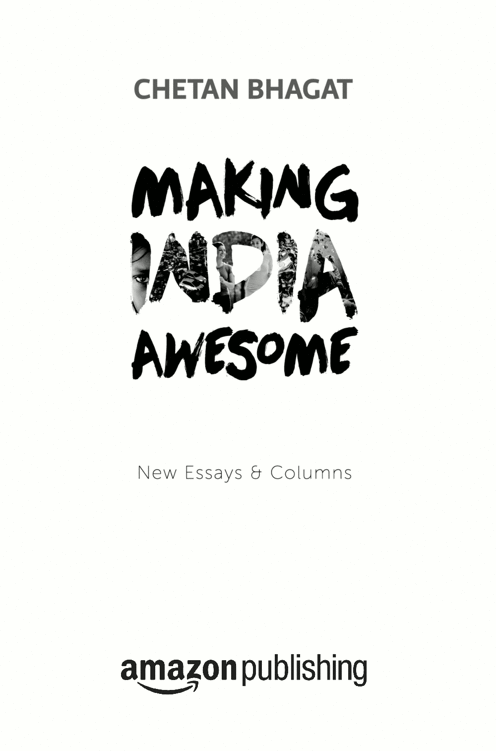
The thoughts and opinions expressed in this book are those of the author alone and do not necessarily reflect the views of Amazon Publishing or its affiliates.
Text copyright 2015 Chetan Bhagat
All rights reserved.
No part of this book may be reproduced, or stored in a retrieval system, or transmitted in any form or by any means, electronic, mechanical, photocopying, recording, or otherwise, without express written permission of the publisher.
Published by Amazon Publishing, Seattle
www.apub.com
Amazon, the Amazon logo, and Amazon Publishing are trademarks of Amazon.com, Inc., or its affiliates.
EISBN-13: 9781503987371
To the awesome youth of India
Contents
Before you begin reading, it might be helpful to understand the words that comprise the title, so that we know the task at hand better.
Making /'me k
k / verb
/ verb
- to bring into existence, to produce; bring about; render.
- to convert from one state, condition, category, etc., to another.
India /' nd
nd / noun
/ noun
Officially the Republic of India; a country in South Asia. It is the seventh-largest country by area, the second-most populous country with over 1.2 billion people, and the most populous democracy in the world.
Awesome /' :s()m/ adjective
:s()m/ adjective
- causing or inducing awe; inspiring an overwhelming feeling of reverence, admiration, or fear: an awesome sight.
- exhibiting or marked by awe; showing reverence, admiration, or fear.
- informal. very impressive: typically used by the Internet generation.
Making India Awesome: A Letter to the Reader
Dear Reader,
Thank you for picking up this book. This is not a story. There is no romance in here, nor are there page-turning, thrilling moments. Rather, this book is about a dream both you and I shareto make India a better place.
Why This Book?
The current political environment and public sentiment are so cynical that one wonders if there is even a point in writing a book about a better India.
As I sit down to write this opening essay, I hear political noise everywhere. The ruling party, the Bharatiya Janata Party (BJP), brought to power a year ago with love and votes, is now in the midst of battling several controversies. Cabinet ministers are accused of helping a fugitive; the fugitive, on his part, is trying to lay blame on multiple senior politicians. State government scams are coming to the fore in Maharashtra and Madhya Pradesh, one of them triggering many deaths. The bane of favouritism is backwith the news that a flight full of passengers was held up for an hour because an Indian Administrative Service (IAS) officer in a chief ministers contingent forgot his correct passport at home. The prime minister hasnt spoken about any of these issues, even while everyone else is talking about them. The Congress is blaming the BJP. The BJP is reminding the Congress about its past sins. Their followers on Twitter are sending abusive tweets to one another.
The image I have presented is a snapshot of Indian news right now, but this could be the situation at any given point in time. There is nothing unusual about such noise. Chances are that if you happen to read this some years later, and turn on the television, you will see a couple of fresh, new controversieswith a lot of debating, pontificating, finger-pointing, outrage and no problem-solving. The noise from one controversy will ultimately fade and make way for the nextand then, the next.
Youth and National Consciousness
With all this chaos, an average viewer or reader will either be totally confused, or, more likely, will opt out of the constant cacophony generated by unsolvable national issues. No surprise then that most of Indias youth dont care much about politics or the government.
Applying the 80:20 rule, I would say that 80 per cent of our youth dont even care about politics or government. What they care about are their livestheir jobs, their boyfriends or girlfriends and, well, thats about it. We can call this set of people Self-focused Indifferent Indians. This is a huge segment, and the actual number of people who just dont care about what happens may be even higher than 80 per cent!
Of the remaining 20 per cent who do care, most have decided to take permanent sides, as this helps solve confusion. These sides are often based on a personality. For example, its just simpler to assume that Modi is always right, or that Kejriwal is the person to back, no matter what. The derogatory terms, Modi-bhakt and AAPtard, have emerged because of this set of people. They are politically conscious, but are aligned. They defend anything their chosen party says, and are ready to abuse and insult anyone who even hints at disagreeing with their great leader. Such people create a lot of noise on social media and may be well-intentioned about the country; however, they solve nothing. They have taken sides and stick to them, no matter what the issue. Hence, their contribution to public discourse is limited. Again, using the 80:20 rule, 80 per cent of people who care about politics and national issues fall in the taking sides category. We can call these people Caring but Aligned Indians.
Next page
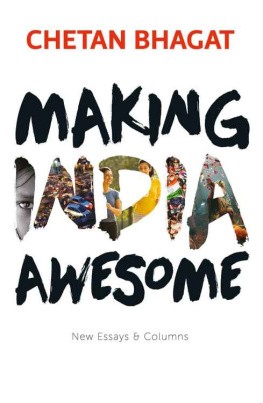
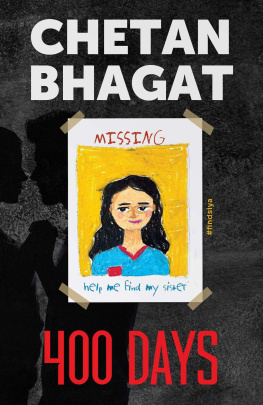
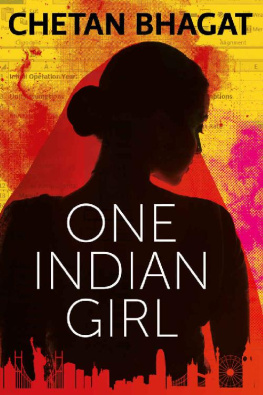

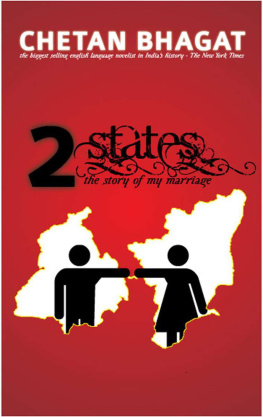




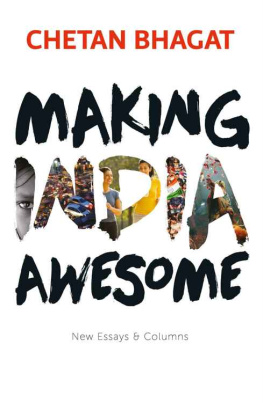
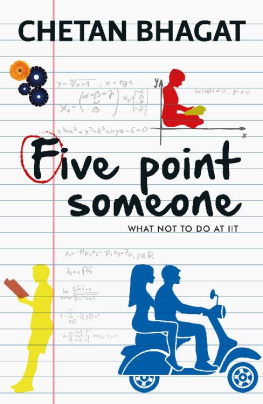
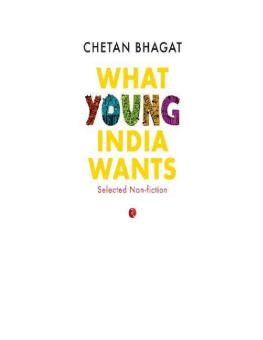


 k
k :s()m/ adjective
:s()m/ adjective